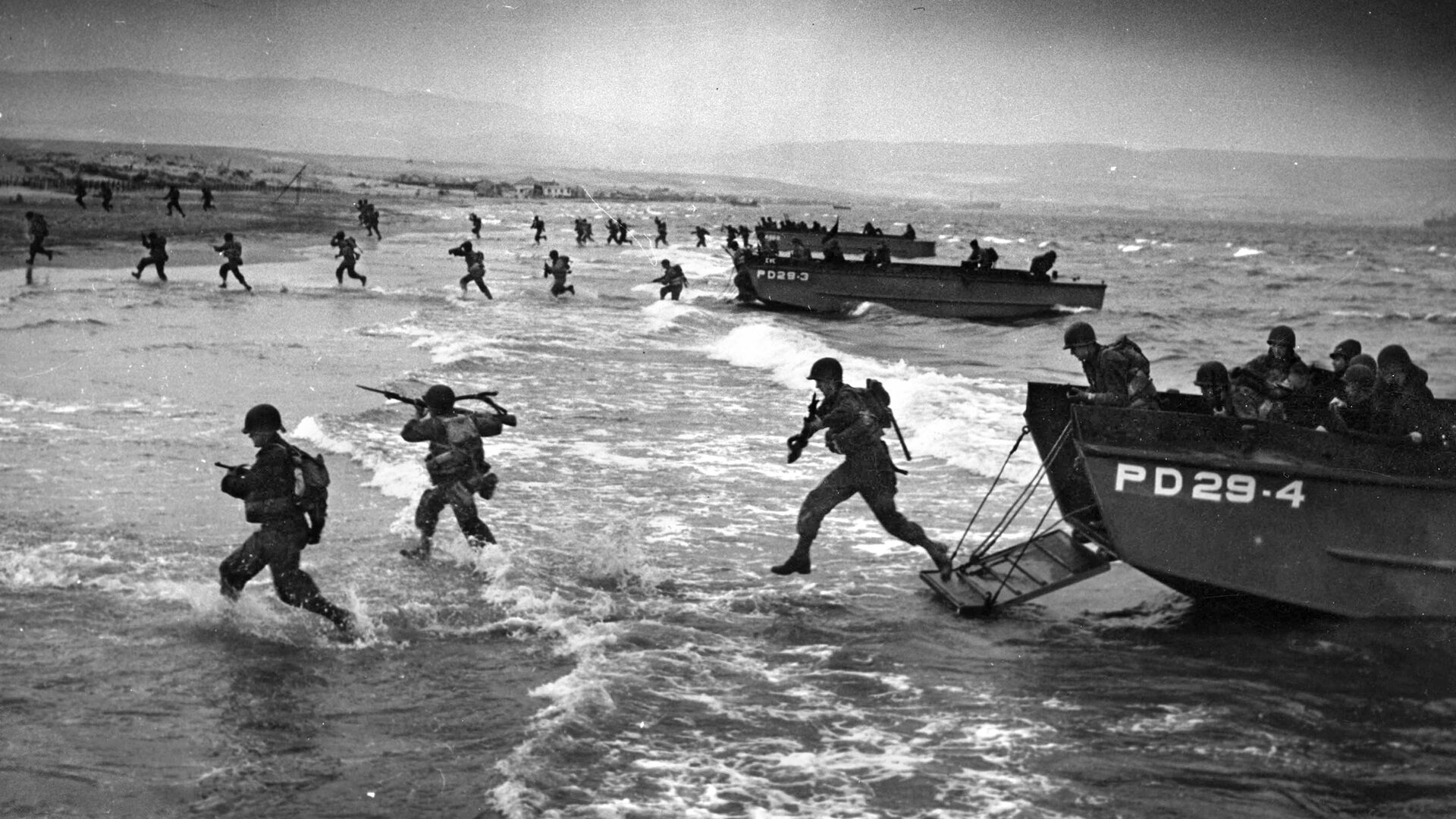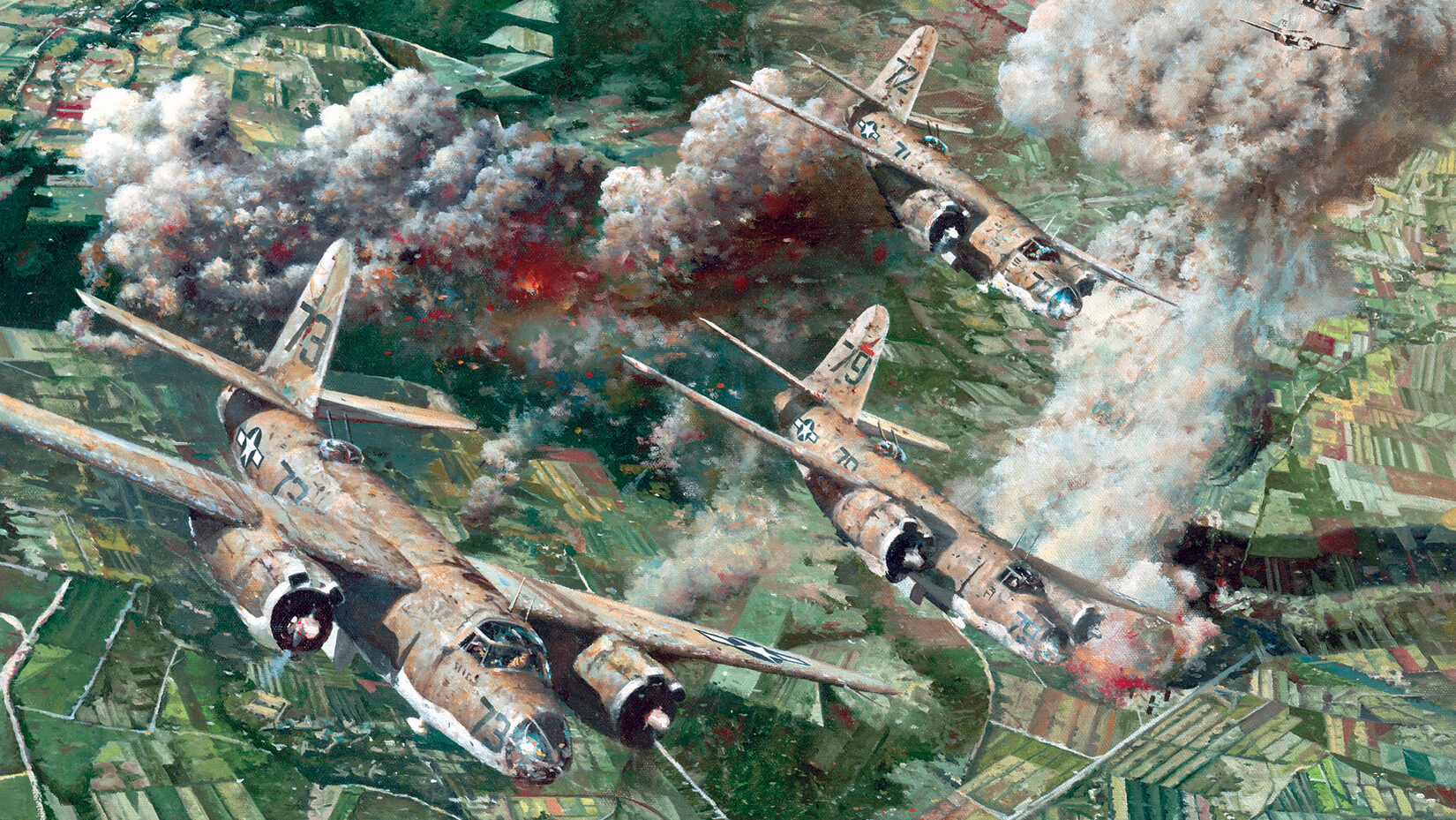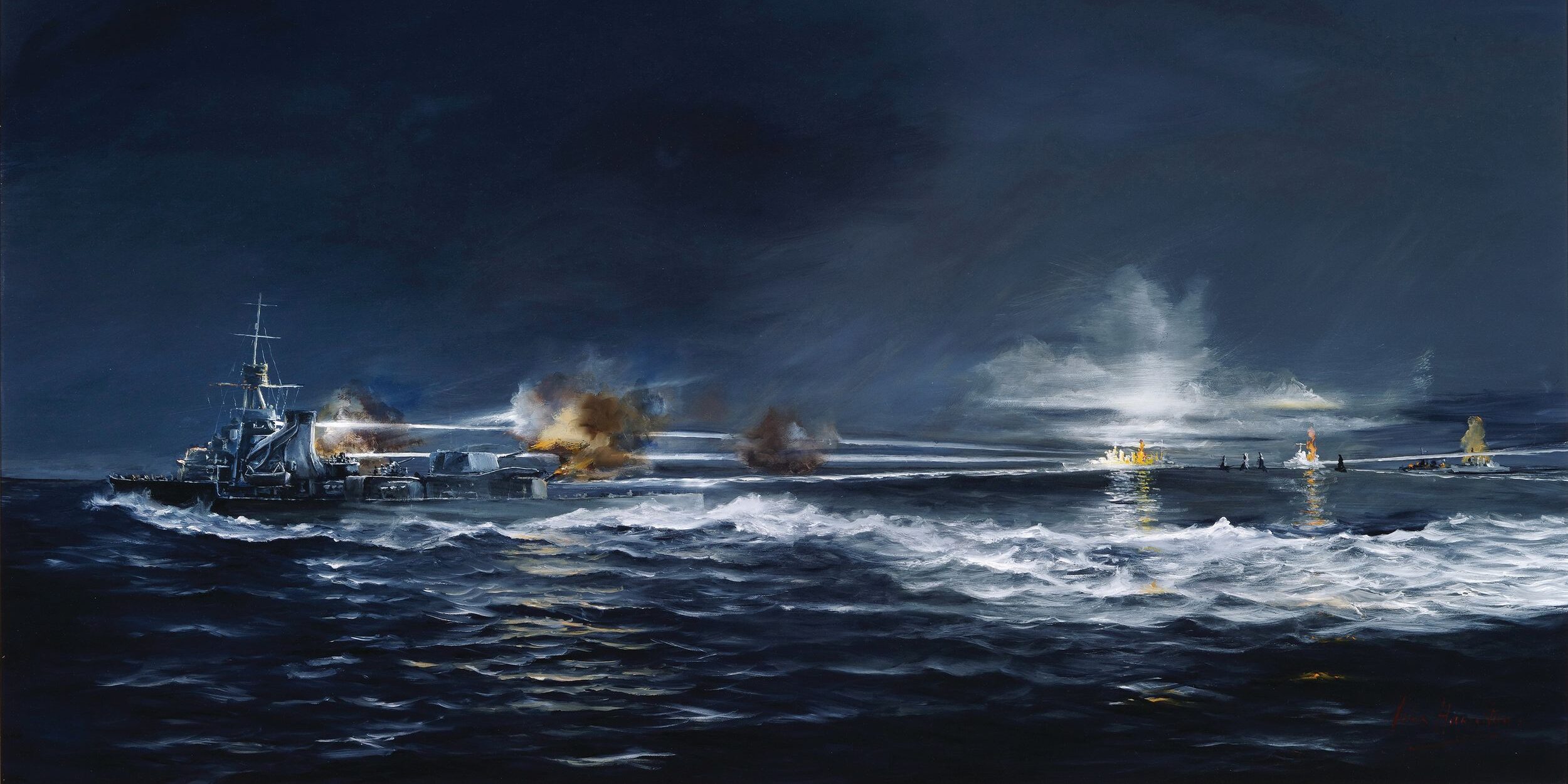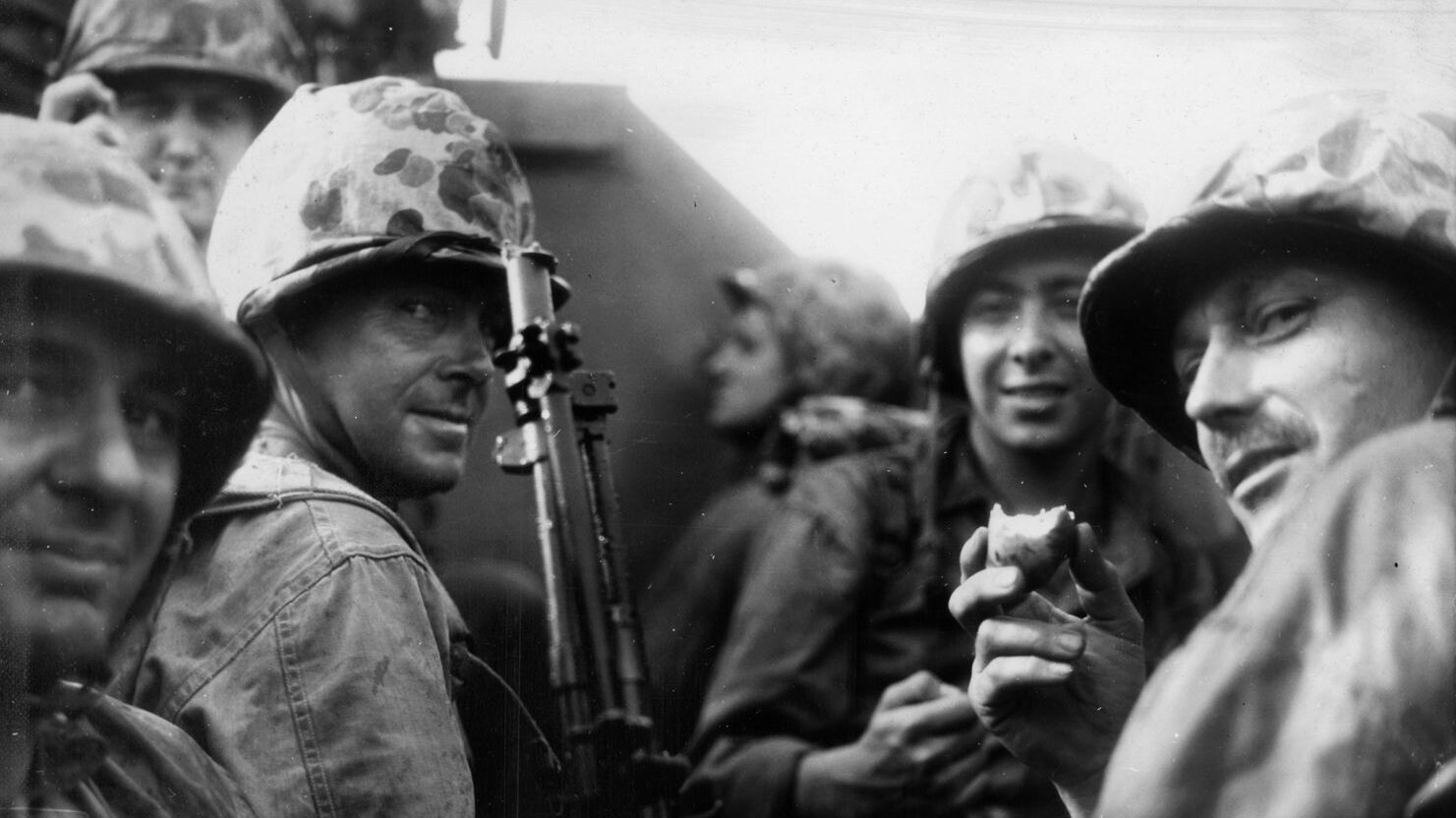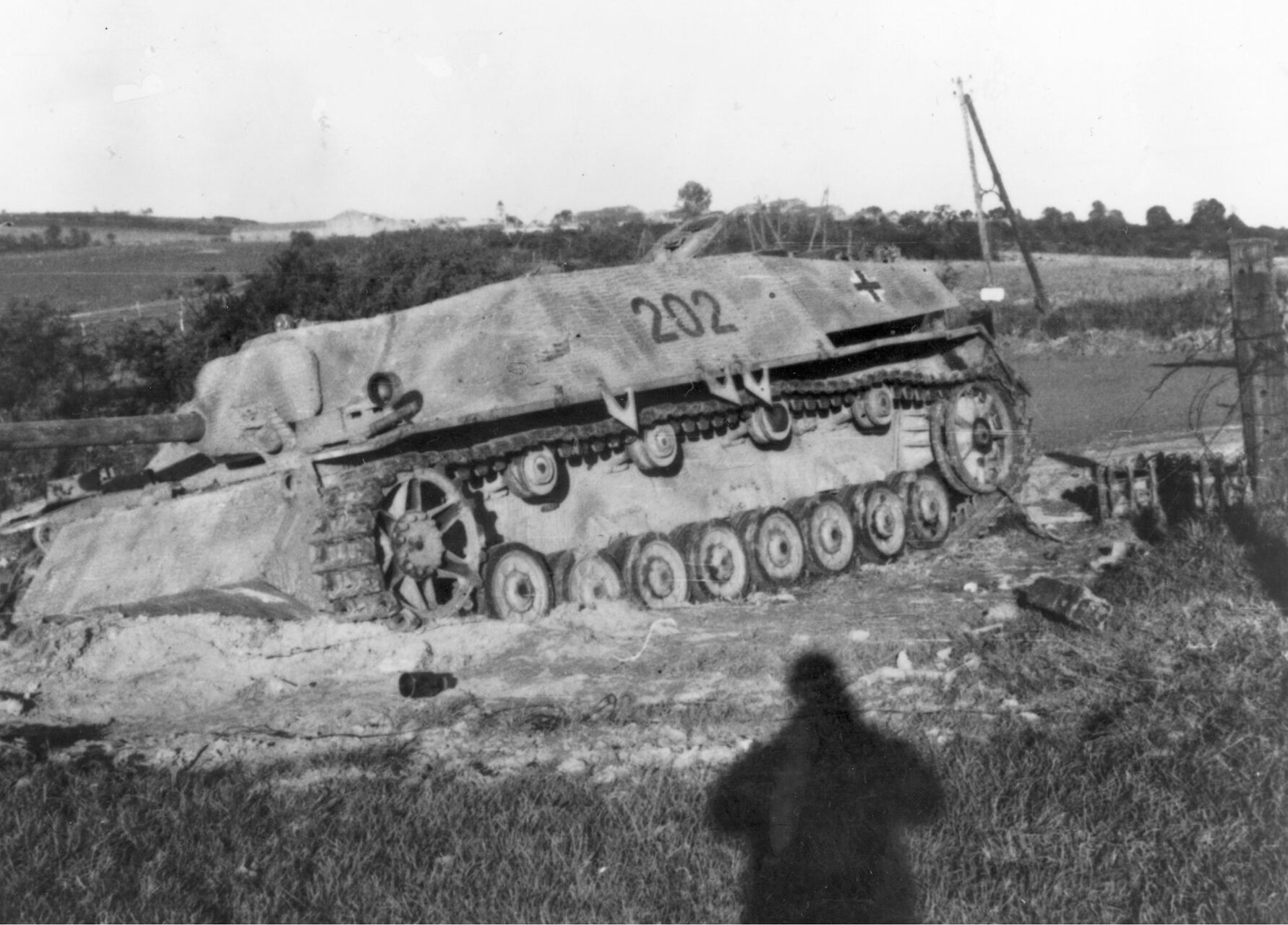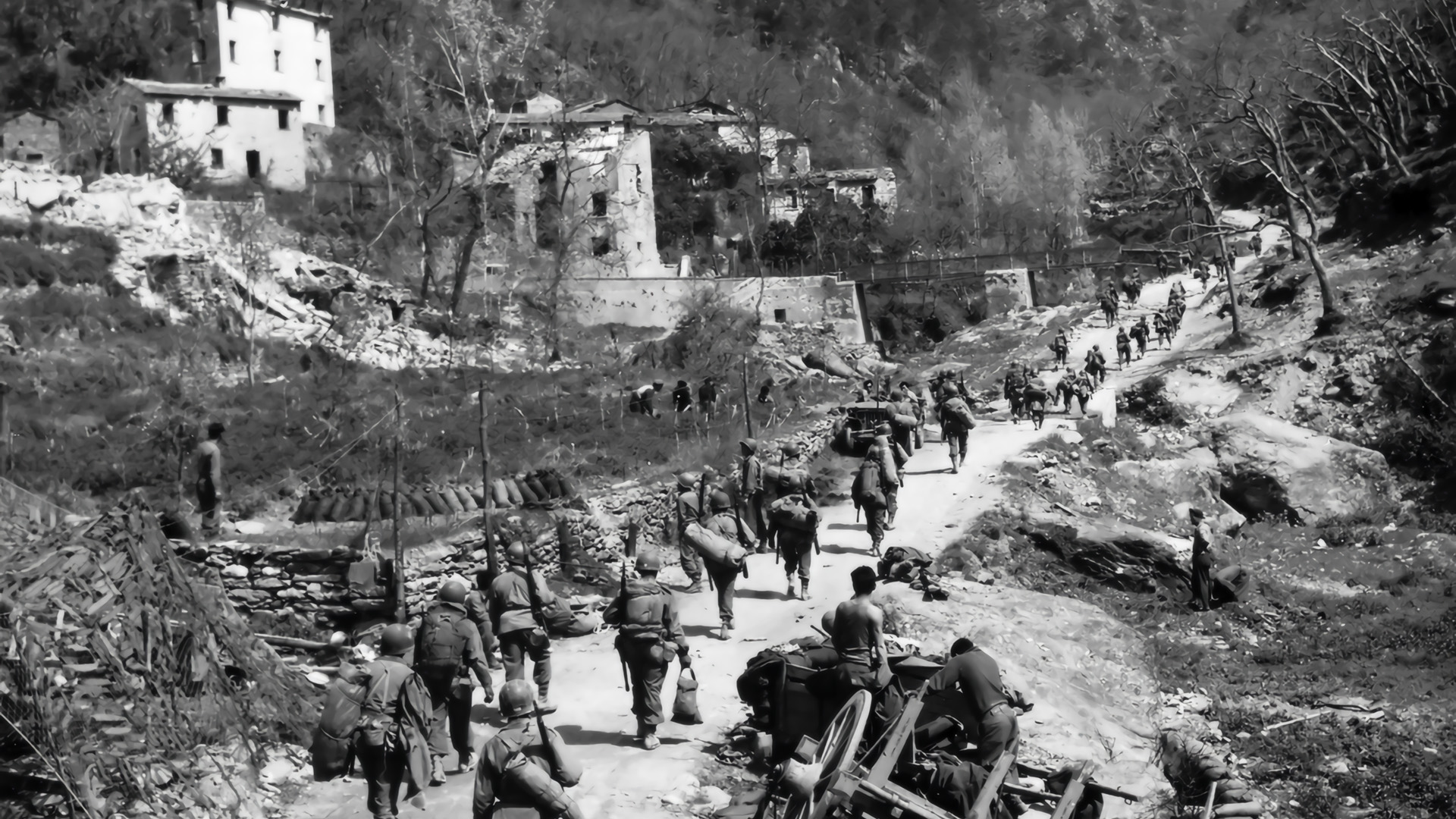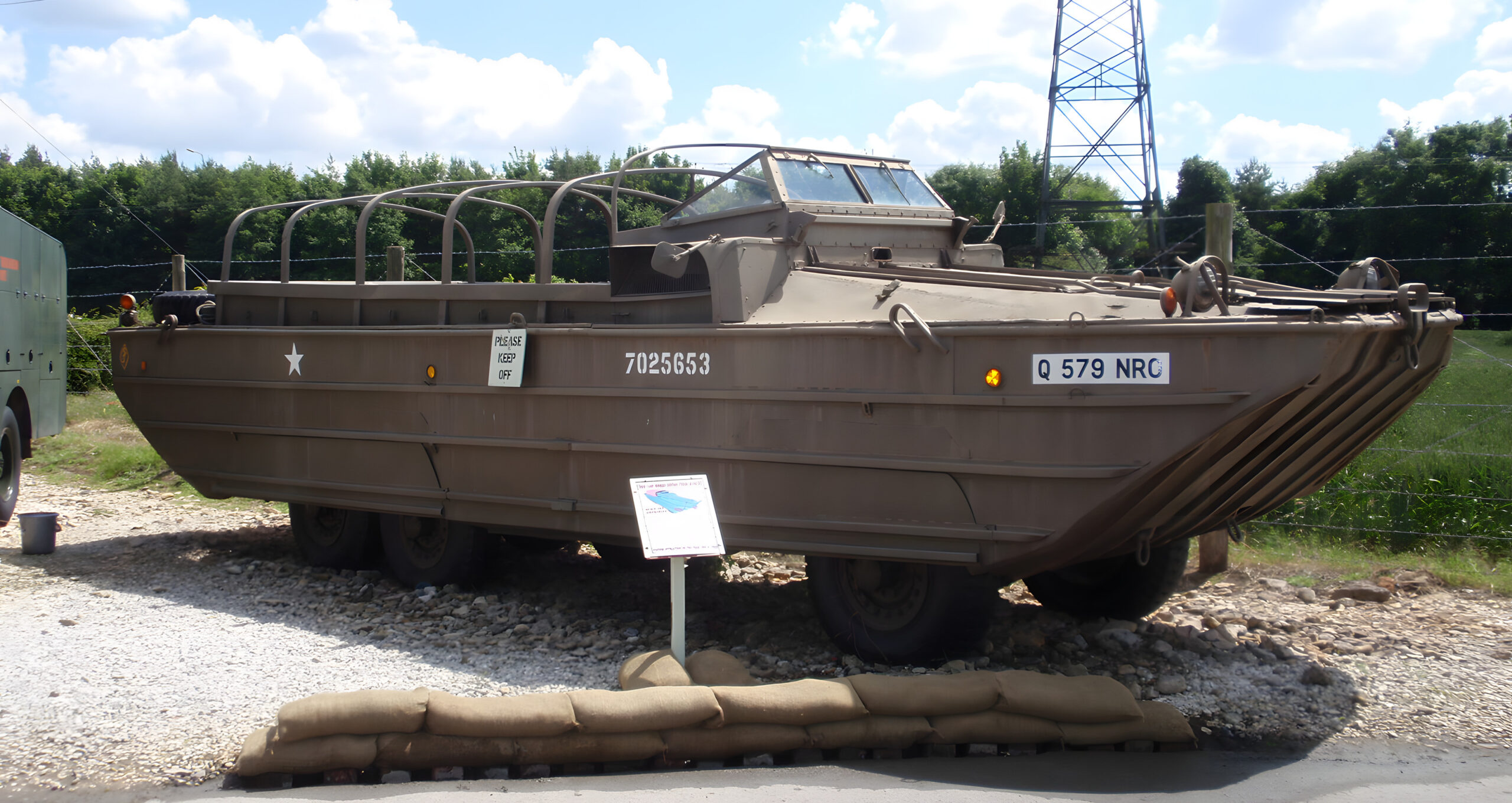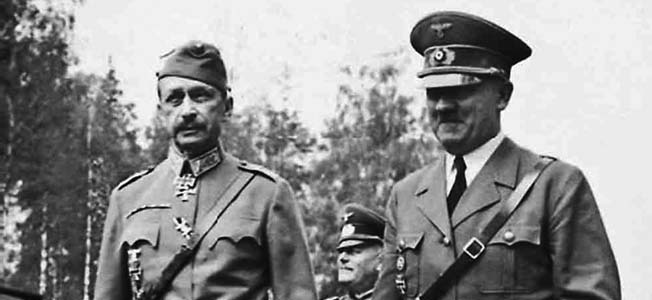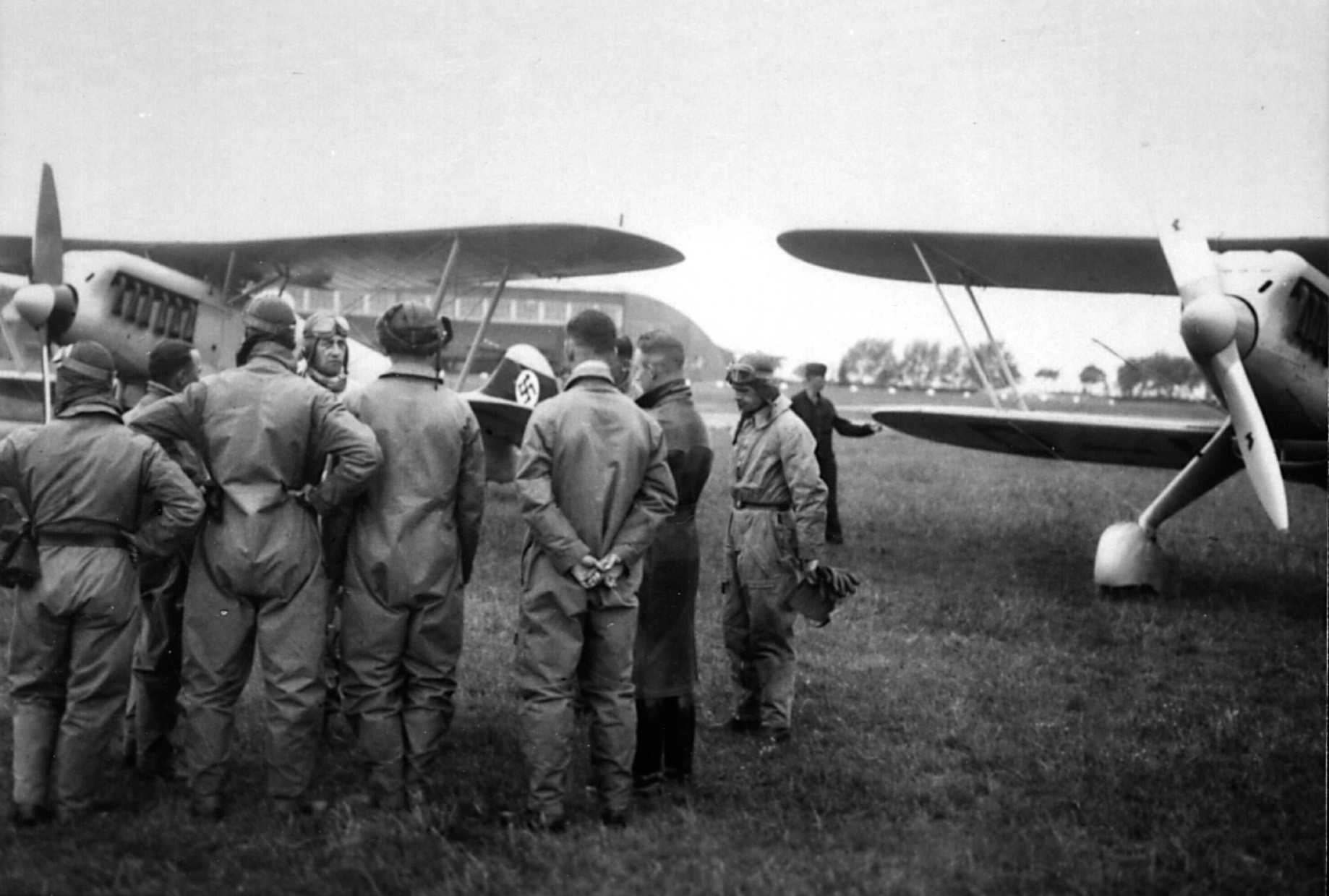By Michael D. Hull
Coming after a series of bitter defeats from France to Norway to Crete, news of the Japanese attack on Pearl Harbor and America’s entry into World War II was one of the early high points of Prime Minister Winston Churchill’s leadership years.
Great Britain now had a powerful ally in the struggle against fascism, and ultimate victory was a certainty. “So, we had won after all!” Churchill exulted. “We had won the war.” But the conduct of war is never simple, and the waging of a coalition war is fraught with challenge.
The warrior leader who had inspired his island nation when it alone ensured the survival of Western civilization in 1940 could not foresee in December 1941 just how difficult it would be to coordinate a common strategy for defeating the Axis powers. The trouble had started with the massive German invasion of Russia in June 1941.
Acting on the principle that “the enemy of my enemy is my friend,” Churchill rallied to the aid of Soviet dictator Josef Stalin, dispatching convoys of tanks, trucks, planes, and other essential equipment that Britain could ill afford to spare. But with German troops pushing toward the gates of Moscow, Stalin demanded more on July 19. The Soviet leader was adamant about the opening of a second front to take the pressure off Russia.
With her armed forces depleted after almost two years of war and stretched so thin around the world, Britain was hardly in a condition to plan a second front—an attack across the English Channel against Nazi-occupied Europe—in 1941. When U.S. President Franklin D. Roosevelt agreed in September 1941 to ship Lend-Lease matériel to Russia, Stalin again called for a second front. And he would heighten his demand during the next three years.
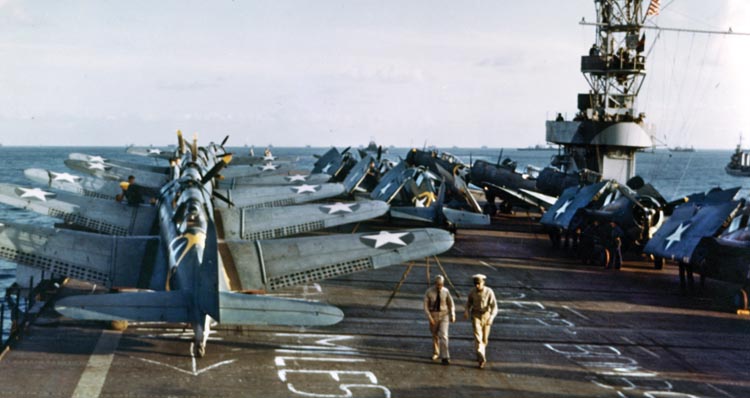
Britain and the United States, which was still neutral but coming to her ally’s side through Roosevelt’s strategic insight, could only hope in 1941 for Russia’s survival while calculating how to distract dictator Adolf Hitler from his eastern campaign and weaken his army at the periphery of the Nazi empire. Planning the locations and intensity of such thrusts in the Mediterranean and the Balkans, for instance, were to preoccupy Churchill for the next three years.
He was already running one such campaign in the Western Desert and had triumphed in another, the destruction of Benito Mussolini’s Italian Fascist empire in East Africa. Britain had failed in a third venture, the intervention in Greece, though she retained the power to strike again. After the ill-fated Anglo-French campaign of 1940, Norway was also a sector constantly on Churchill’s mind. Once America entered the war, the prime minister realized, it could be only a matter of time before they jointly opened a second front to breach the concrete-and-steel Atlantic Wall Hitler was building along the northern coast of France.
Four months before Pearl Harbor, Churchill and Roosevelt had agreed during their first talks in Placentia Bay on a “Germany first” policy, but most Americans, including some of FDR’s top military advisers, regarded Japan as the foe that deserved the more immediate retribution. During the first year of the Pacific War, therefore, Churchill found himself frustrated in an unfamiliar situation. He was no longer fearful of defeat, but he was equally no longer the overlord of his own nation’s strategy.
Because the British Empire could win the war only with the support of America, the awakening “arsenal of democracy,” Churchill, the foremost strategist among World War II national leaders, had no choice but to accommodate the views of the U.S. Joint Chiefs of Staff. While its members were eager and impatient, most had little or no combat experience, and few comprehended fully the magnitude of the Nazi threat. Roosevelt was inclined to follow the prime minister’s lead and listen to him, but Army Chief of Staff General George C. Marshall and Chief of Naval Operations Admiral Ernest J. King were not so disposed.
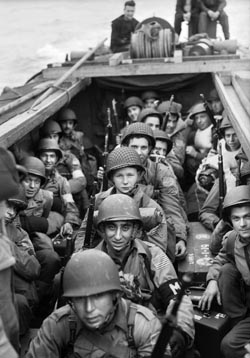
The acerbic King was interested in the Pacific, where the U.S. Navy was heavily committed, to the exclusion of all other theaters, while the impassive Marshall—a first-rate organizer rather than strategist—was committed to Europe. The latter believed that a second front should take the shortest possible route into Germany at the earliest possible date, as Stalin was demanding. Marshall, therefore, became deeply suspicious of all attempts to postpone or divert effort away from this.
Churchill knew that such a venture was both impractical and perilous in 1941 or in 1942, and he shrank from committing too early. “Remember that on my breast there are the medals of the Dardanelles, Antwerp, Dakar, and Greece,” he exclaimed to Foreign Secretary Anthony Eden on July 5, 1941, referring to four disastrous amphibious campaigns he had directed in the two world wars. The Allied strategy, Churchill believed and would try to impress on FDR and his generals, should be “Germany first, but not quite yet.”
It was one thing, as Churchill saw it as 1942 drew on, for the U.S. Navy and a few Marine Corps and Army divisions to invade Japanese-held islands in the Pacific and to plan wider amphibious leaps in 1943. But a second front in Europe was something quite different. It would commit the whole of the Anglo-American expeditionary forces—not easily replaced if lost—to an assault on a fortified continent defended by an army of 300 divisions that was backed by the world’s most powerful war-making machine.
In 1941 and on, Churchill found himself treading a narrow and slippery path. On the one hand, he dared not play down Britain’s commitment to a second front lest the Americans conclude that their strength would be better deployed in the Pacific; on the other hand, he could not play up the British commitment lest he got caught up in an American rush to invade the Continent before success could be reasonably guaranteed.
Churchill had nightmares about a bloodbath on the French beaches and insisted that a second front would prevail only if it was launched with overwhelming land, sea, and air strength. But trained manpower, sufficient landing craft, and vital air support were not available in 1941 or 1942. The Allies had to simply build up their strength and consider the possibility of a second front in the spring of 1943.
This was what Churchill had to tell Stalin when he went to Moscow with Field Marshal Sir Alan Brooke, Chief of the Imperial General Staff, early in August 1942. The Soviet leader was convinced that Britain and America had connived to let the German and Russian Armies bleed each other into impotence before a Western second front was launched. Churchill tried to pacify him by revealing that the Western Allies would invade North Africa later in 1942, but the crude, ruthless Soviet leader accused the British of cowardice. A furious Churchill responded with a torrent of oratory, although vodka was flowing freely and the mercurial Stalin eventually praised the North Africa plan and the valor of the British.
An assault was made on the coast of France on August 19, 1942, which underscored tragically the wisdom of Churchill’s caution about a cross-Channel invasion. In Operation Jubilee, a “reconnaissance-in-force,” 1,000 British Commandos and 5,000 Canadian troops attacked the fortified port of Dieppe, with disastrous results. Hard lessons were learned for the Normandy invasion two years later, but at the cost of 3,623 men killed, wounded, or captured. Field Marshal Brooke snorted, “It is a lesson to the people who are clamoring for the invasion of France [in 1942].”
The fiasco served to convince the American high command, even General Marshall, that an invasion of France in 1942 was now out of the question. Meanwhile, under Operation Bolero, increasing numbers of U.S. troops had been arriving in England, and Roosevelt wanted to see them committed to action that year. So, after much wrangling and deadlock among FDR, Churchill, and their military chiefs, a compromise was reached: Operation Super-Gymnast (soon renamed Operation Torch for dramatic effect). The invasion of North Africa was seen as a more realistic alternative to an immediate invasion of France.
The risks would be fewer, it would require fewer landing craft, and it would offer a less bloody baptism of fire for the untried American troops involved. The objective of the first Anglo-American offensive in World War II was to overcome Vichy French opposition, gain control of French North Africa, and eventually link up with General Marshal Bernard L. Montgomery’s Eighth Army advancing westward after its climactic victory at El Alamein. Field Marshal Erwin Rommel’s German-Italian Afrika Korps would be squeezed between the two forces and Allied control of Northwest Africa assured.
Torch was to be primarily an American operation, with the significant British role downplayed because of lingering animosity following the Royal Navy’s bombardment of the French Mediterranean Fleet at Mers-el-Kebir on July 3, 1940, to prevent it from falling into German hands. The operation planners believed that Vichy forces would be less hostile to American invaders than to the British.
Roosevelt and Churchill agreed on August 8, 1942, that Operation Torch—scheduled for November 8—should be led by amiable Lt. Gen. Dwight D. Eisenhower, an obscure but able staff officer who was commanding U.S. troops in England after having served in the war plans division of the War Department. He had no combat experience. Ike’s deputy was the rangy, high-strung Maj. Gen. Mark W. Clark, a World War I infantry veteran, while Brig. Gen. James H. Doolittle, who had led the famous B-25 medium-bomber raid on Japan on April 18, 1942, was the Western air commander. Eisenhower’s other top staffers, all British, included the distinguished Admiral Sir Andrew B. Cunningham, commander of the British Mediterranean Fleet, as Allied naval leader, and abrasive Lt. Gen. Kenneth A.N. Anderson, who would lead the newly formed British First Army. Ike strove to achieve a truly unified command, operating “as though all its members belonged to a single nation.”
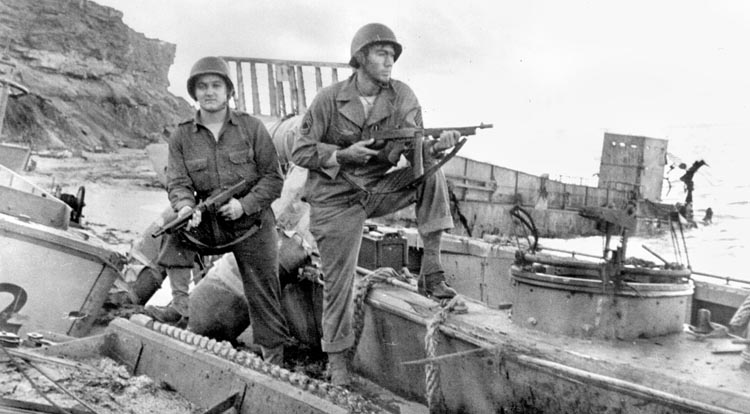
Torch was the largest, most complex, and riskiest military operation yet mounted and would eventually prove to be a dramatic success. Yet it was hastily planned and patched together, a catalogue of confusion, blunders, and high-level discord. It would point up serious problems with planning, coordination, invasion tactics, and equipment. The Allied leaders in London and Washington were apprehensive, and one of the task force commanders, the fire-eating Maj. Gen. George S. Patton, Jr., was also less than hopeful. He said, “The job I am going on is about as desperate a venture as has ever been undertaken by any force in the world’s history…. Never in history has the Navy landed an army at the planned time and place. But if you land us anywhere within 50 miles of Fedala [one of his task force’s three objectives] and within one week of D-Day, I’ll go ahead and win.”
Even the location of the landings provoked argument. Anxious to surround Rommel in Libya before the arrival of his reinforcements, the British wanted to invade as far east as was feasible, on the Mediterranean coast of Algeria. The American planners preferred the Atlantic coast of Morocco in order to avoid the hazards of the Mediterranean and a possible threat of French (or Spanish) aggression at their rear. The eventual result was a compromise, with one landing in Morocco and two in Algeria. They were synchronized to take place at 1 AM on Sunday, November 8, 1942.
The political situation in French North Africa was uncertain and complicated. The invasion was preceded by cloak-and-dagger maneuvering—with some comic interludes—by American diplomats and officers to try and minimize feared opposition from Vichy French forces sympathetic to the Germans. There were more than 100,000 such Vichy troops scattered around Morocco, Algeria, and Tunisia.
Able, affable Robert Murphy, Roosevelt’s top diplomat in North Africa, was active in paving the way for the Allied landings by sounding out French officers he felt were sympathetic. He relied primarily on General Charles Mast, the commander of troops in the Algiers sector, and General Emile Bethouart, the Casablanca area commander. Meanwhile, General Clark was taken secretly in a British submarine, HMS Seraph,to a coastal villa west of Algiers, where he informed General Mast of the coming invasion. Clark and his four staff officers had to hide in a wine cellar when police searched the villa, and the American general then narrowly escaped drowning in heavy surf while returning to the submarine.
Starting early in October, three task forces were assembled under the tightest security to carry out Operation Torch, two in Britain and one in the United States. More than 500 ships, ranging from converted freighters to once luxurious liners, had been pressed into service to carry about 107,000 troops and thousands of tons of equipment and supplies.
British and American soldiers, most of whom were untried and only partially trained, were crammed aboard troop transports and merchantmen along with medium tanks, field guns, and equipment. They would be transported to the Mediterranean in three convoys escorted by ships of the Royal Navy, the U.S. Navy, and the U.S. Coast Guard. Later in October, the three Allied armadas got underway.
Under the command of Rear Admiral Henry Kent Hewitt, the Western Task Force sailed from Hampton Roads, Virginia. It carried an all-American force of 24,500 troops led by General Patton, and its destination was three locations near Casablanca in Morocco. The assault troops included men of the 2nd Armored and 3rd Infantry Divisions and elements of the 9th Infantry Division. The naval force of 102 ships comprised two battleships, a fleet carrier, four escort carriers, numerous cruisers and destroyers, and 29 transports.
Escorted by a Royal Navy fleet under Commodore Thomas H. Troubridge, the Central Task Force sailed from the River Clyde and carried 39,000 troops of the U.S. 1st Infantry Division and 1st Armored Division who had been shipped to Scotland and Northern Ireland early in August. They were led by Maj. Gen. Lloyd R. Fredendall. The naval force of 47 vessels included two escort carriers, and the objective was beaches in and near Oran.
The Eastern Task Force, comprising 52 ships and also sailing from Britain, was commanded by Rear Admiral Sir Harold Burrough of the Royal Navy. The assault force consisted of 33,000 men of the U.S. 34th Infantry Division, elements of the U.S. 9th Infantry and 1st Armored Divisions, and the British 78th Division, all under the command of U.S. Maj. Gen. Charles W. “Doc” Ryder. The destination was three beaches near Algiers.
The two large convoys—one slow and one fast—coming from Britain set sail on October 22 and 26, respectively. The timing was arranged so that they could pass through the Straits of Gibraltar simultaneously during the night of November 5. From there, they were covered by British Vice Admiral Neville Syfret’s powerful Force H, based at Gibraltar, which comprised three battleships, three fleet carriers, cruisers, and destroyers. The three task forces arrived off their respective landing zones after nightfall on November 7. Despite the previous clandestine contacts, it was not known whether the French Army of Africa would resist or welcome the invasion.

Shortly after 1 am on the fateful day, November 8, 1942, the darkened Allied fleet started disgorging its landing craft. Shipboard loudspeakers blared a message in French across the water: “Don’t shoot. We are your friends. We are Americans!” At 5:15 am, troops of the Western Task Force went ashore in Morocco at three locations—at Safi, 125 miles southwest of Casablanca; at Fedala, 15 miles northeast of the city; and at Mehdia and Port Lyautey, 70 miles to the northeast. Fedala offered the nearest suitable landing beaches to Casablanca, the only large harbor on the Moroccan Atlantic coast. Mehdia was chosen because of its close proximity to the Port Lyautey airfield, the only one in Morocco with a concrete runway. Safi was selected because an Allied force positioned there could prevent the strong French garrison in Marrakech from intervening at Casablanca and also because it had a harbor where medium tanks could be disembarked.
Patton’s troops made it onto the beaches in spite of brave resistance from some French units and confusion caused by the Americans’ lack of experience. Trucks that should have been moving weapons and ammunition ashore remained onboard ships, as did the engineers needed to lay steel mats on the soft sand. Landing craft waited to be unloaded, and troops crouched in foxholes while French planes strafed the beaches. Patton hastened ashore and stalked around angrily among his men, cursing and bellowing orders.
Vehicles fell overboard from overloaded ships, troops were landed on the wrong beaches, and some equipment-laden soldiers drowned when their landing boats hit reefs. When the ramp of one landing craft was lowered prematurely, an officer drove a jeep into eight feet of water. On one beach, supplies of needed reserve ammunition lay buried beneath tons of combat rations. Yet, despite the confusion on the beaches, Patton’s assault waves were able to get ashore before sporadic fire from the hesitant French defenders became serious. By then, the light was good enough to help naval guns subdue coastal batteries.
Off Casablanca, a naval battle started just before 7 am when a coastal battery on Cap El Hank and the new but uncompleted French battleship Jean Bartopened fire on Rear Admiral Robert C. Giffen’s covering group, comprising the battleship USS Massachusetts,two heavy cruisers, and four destroyers. The El Hank guns and the Jean Bart were silenced temporarily, but other French ships joined the fray. The clash lasted for several hours. The French fought gallantly, but were eventually beaten off by Giffen’s ships. At the height of the battle, seven French destroyers, the cruiser Primauguet, and eight submarines sneaked out of Casablanca harbor under a smokescreen. Their aim was to attack the Allied landing force at nearby Fedala. But as soon as the French vessels emerged from the smoke, they were fired on by the cruiser USS Augustaand other ships. The French squadron lost seven ships and three submarines and suffered 1,000 casualties.
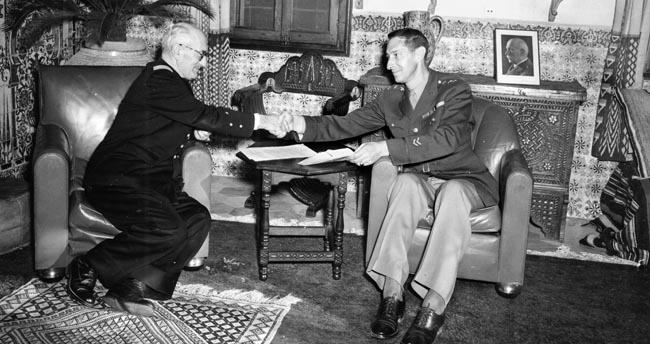
The landings at Oran met stiffer resistance than Patton’s force did at Casablanca, but Maj. Gen. Terry Allen’s spearheading 1st Infantry Division, backed by elements of Maj. Gen. Orlando Ward’s 1st Armored Division, had the advantage of good planning and cooperation between the American task force and the British fleet that delivered it ashore. The plan was to capture the port of Oran by a double envelopment, with two regimental combat teams landing in the Gulf of Arzew, 24 miles to the east, while a third led by Brig. Gen. Theodore Roosevelt, Jr., went ashore at Les Andalouses, 14 miles west of the city. Then, armored columns were to push inland, seize two airfields south of Oran, and close on the city to the rear before its 10,000-man garrison could be reinforced.
The landings began at 1 am. No opposition was met on the beaches, and the disembarkation and unloading went smoothly on the whole. Medium tanks were offloaded from transports onto the quay in Arzew harbor after it had been captured by Colonel William O. Darby’s 1st U.S. Ranger Battalion. The American landings progressed with fewer than 400 casualties. French resistance stiffened on the second day, but a coordinated attack by men of the 1st Infantry and 1st Armored Divisions penetrated Oran. The French commanders there surrendered on November 10.
The only serious reverse in the Oran landings was a “suicide mission” undertaken by HMS Walneyand Hartland,two aging U.S. Coast Guard cutters that had been transferred to the Royal Navy in 1941. Crammed with 400 American assault troops and accompanied by two motor launches, the cutters sped into Oran harbor to capture the docks before they could be sabotaged. But sustained blasts from French shore batteries ripped both cutters. The Walneyrolled over and sank, and the Hartlanddrifted helplessly before blowing up. More than 300 soldiers and crewmen were killed, and the rest, mostly wounded, were taken prisoner.
Assault teams of General Ryder’s Eastern Task Force began wading ashore at 1 am on November 8 on both sides of Algiers. Despite rough beaches, the landings proceeded without mishap for the 10,000 American troops and 45,000 British infantry and Commandos. French soldiers encountered a short way inland said they had been ordered not to resist; General Mast, the local French commander, was cooperating with the Allied invaders.
Nevertheless, Ryder’s troops encountered problems. On the eastern side of Algiers, the landings were late and somewhat confused, but the situation was soon straightened out thanks to the absence of opposition. Allied columns rolled inland, and the vital airfields at nearby Maison Blanche and Blida were reached after a few shots had been fired as token French resistance.
In the landings west of Algiers near Cap Sidi Ferruch, there was much delay and confusion when a number of landing craft went astray and landed on the British beaches farther west. Many of the boats were wrecked in the heavy surf or delayed by engine trouble, and components of several assaulting battalions were scattered along 15 miles of shore. A costly fiasco was avoided when General Mast intervened personally. After hastily regrouping, Allied columns of medium tanks and armored cars pushed on toward Algiers, encountering resistance at several locations.
As at Oran, an Allied attempt to seize the Algiers docks came to grief. Just before dawn on November 8, two British destroyers, HMS Brokeand Malcolm,sped toward the harbor flying large American flags and carrying a U.S. infantry battalion and 74 British infantrymen. As the destroyers approached the harbor entrance, searchlights and heavy artillery fire engulfed them. The Malcolmwas crippled and forced to retire. On a fourth attempt, the Brokerammed the harbor booms, ran the gauntlet of shellfire, and managed to berth alongside a quay. She disembarked 250 men.
Around 8 am, the severely damaged Broke was shelled by the French, forcing her to cast off and withdraw into the Bay of Algiers. After seizing a power station and oil dump, the landing party, led by U.S. Lt. Col. Edwin T. Swenson, was hemmed in by French African troops. With their ammunition almost gone, the Allied troops surrendered just after midday. They were held briefly by the French.
Meanwhile, after their beachheads were secured, Patton’s men started moving into Casablanca on the second day of the invasion. French General Auguste Nogues directed a spirited opposition to the Americans in the Casablanca area, and at Port Lyautey there was heavy fighting between French tanks and Maj. Gen. Lucian K. Truscott’s 60th Regimental Combat Team. But the men of Patton’s 3rd and 9th Infantry Divisions and 2nd Armored Division managed to consolidate their lodgments, and three days after the invasion the French surrender was accepted.
Oran still held out, but General Anderson, who had landed to take command of the British First Army, was able to send armored columns rushing to the east. Algiers was soon ringed on the land side, and French General Alphonse Juin surrendered the city to General Ryder on the evening of the invasion. Algiers was the first Allied objective to fall.
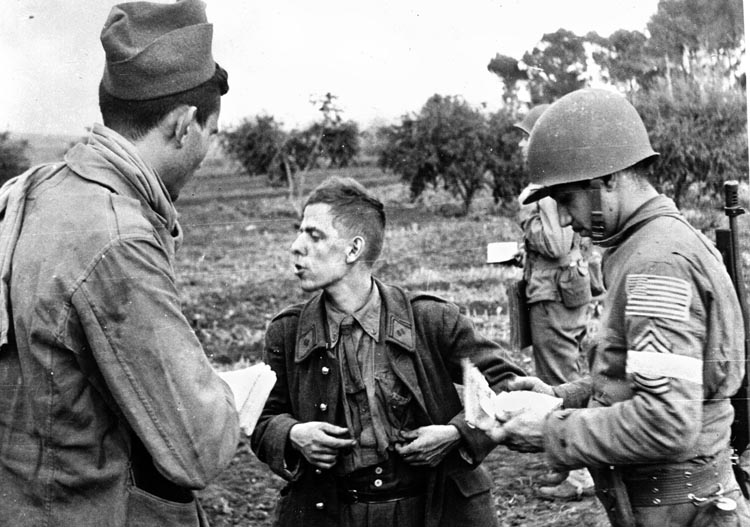
A fortuitous event had worked to the Allies’ advantage. Admiral Jean François Darlan, commander in chief of Vichy forces, happened to be in Algiers visiting his sick son. The Americans had chosen General Henri Giraud, who had escaped from German captivity in France, to assume local control, but when it became clear that he lacked the authority to establish it, they turned to Darlan. Taken into protective custody, the wily admiral was persuaded by the Allied strength to change sides. He broke with the odious Vichy regime, and an armistice was signed on November 11, the anniversary of the 1918 accord ending World War I. Darlan also agreed to cooperate with the Allies in driving the Germans out of neighboring Tunisia.
Also on November 11, Hitler ordered Wehrmacht units to move into Vichy, and the following day the first German supply ships began docking in the Tunisian port of Bizerte, despite the efforts of the local French commanders to block the harbor. To the east, advance units of the British Eighth Army reached Halfaya Pass and moved into Libya.
The armistice enabled the British and Americans to swiftly take control of coastal Morocco and Algeria. Marshal Henri Philippe Pétain, the Vichy head of state and once revered hero of Verdun, immediately disowned Darlan. General Giraud, meanwhile, was put in charge of French forces in North Africa on November 13. That same day, General Clark and Admiral Darlan signed an agreement recognizing the latter as head of the French civil government in North Africa.
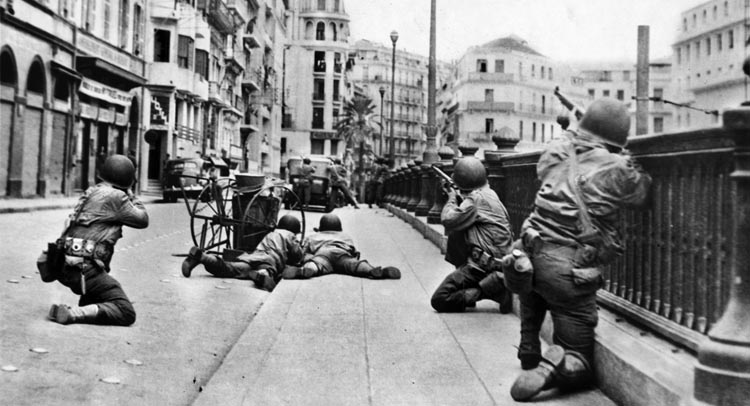
On the fighting front, General Anderson’s British First Army pushed eastward, occupying the Algerian coastal towns of Bougie and Bone on November 11 and 12, respectively, and crossing the frontier into Tunisia three days later. To the south, U.S. paratroops occupied Tebessa, Algeria, on November 15 and reached Gafsa, in west-central Tunisia, on November 17.
The balance of military power in North Africa ought now to have swung decisively in the Allies’ favor. Two large Allied armies dominated most of the coastline: Montgomery’s Eighth Army in Libya and Eisenhower’s First Army in Algeria and Morocco, with the French Army of Africa veering to the Allied side. As late as a week after the Operation Torch landings, the only Axis force still operational in Africa was Rommel’s battered panzer army, fleeing northward from El Alamein and 1,000 miles from the Tunisian border. But the enemy was about to deprive the Allies of their advantage and win the race for Tunisia.
The British and American Armies made steady advances from east and west, but by mid-November 1,000 German troops were arriving each day in northern Tunisia. The first enemy units coming from Vichy on November 16 were the 10th Panzer, Hermann Göring Panzer Parachute, and 334th Divisions, together constituting the formidable Fifth Panzer Army. They were immediately deployed westward to hold the line of the eastern Atlas Mountains against Eisenhower’s advancing forces. Unready yet for a major overland offensive, Allied units attempted a piecemeal eastward rush on strategic Bizerte.
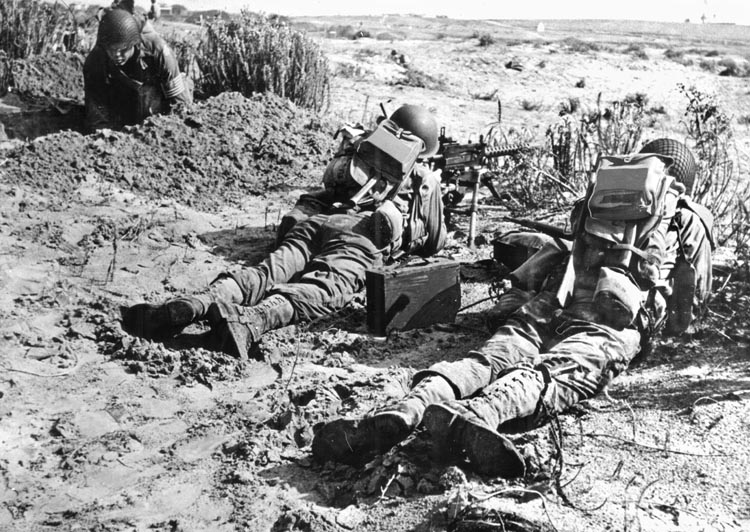
The situation and the weather were turning sour for the Allies. Advance elements of Anderson’s British First Army moved into the mountainous region southwest of Bizerte, while a screen of U.S. paratroops spread southeast. Aggressive German troops led by General Walther Nehring checked the British advance, while mud and rain delayed Allied reinforcement columns rolling from Algiers, 500 miles to the west. British spearheads reached to within 20 miles of the prize city of Tunis on November 28 but were blocked by enemy counterattacks. By December, General Eisenhower had to concede defeat in the race. The year ended with Anderson’s army and General Hans-Jürgen von Arnim’s Fifth Panzer Army facing each other in stalemate. Much bitter fighting, with serious reverses for the inexperienced American troops, lay ahead in Tunisia.
Operation Torch succeeded because of strategic surprise, effective—though hasty and flawed—joint military-naval planning, and Darlan’s check of French resistance. However, the chaotic French political situation and the prompt German reaction in Tunisia combined to impede the Allies’ next move. Involved in the furor resulting from dealings with Darlan, Eisenhower exercised scant command supervision of the eastward advance, enabling the eventual linkup of Rommel’s and von Arnim’s powerful armies.
The four-day war was costly. The casualties were 556 killed, 837 wounded, and 41 missing for the Americans; almost 300 for the British; and more than 700 killed, 1,400 wounded, and 400 missing for the French. But Operation Torch yielded dividends. It enabled Allied officers from diverse backgrounds to learn how to work together under Eisenhower’s wise leadership. What he lacked in battlefield insight he more than made up for with a unique talent for instilling harmonious efficiency, as demonstrated later during the Normandy campaign. Ike was not one of the great captains, but he inspired universal respect and loyalty.
Lack of experience in amphibious operations generated considerable confusion and disorder during the Torch landings, and it was fortunate that the Vichy French offered only desultory opposition. The biggest flaw, however, was that the Allies lacked a coherent and integrated theater strategy to prosecute the war in North Africa. Full cooperation between the British and American forces was lacking, unit performance was variable, and, in the early stages, Operation Torch was hobbled by a serious lack of antitank guns and effective air support.
The invasion came close to foundering because of its half-trained force, inadequate weapons, communications breakdown, traffic jams, and beach unloading snarls. General Patton said three days after the shooting stopped, “It is my firm conviction that the great success attending this hazardous operation … could have been possible only through the intervention of Divine Providence.” Operation Torch was a close-run thing, yet it succeeded.
The deployment of green U.S. forces in strength on the periphery of the Nazi empire proved to be sound strategy. Although it delayed the invasion of France until 1944, the Mediterranean diversion provided the U.S. Army with invaluable combat experience. Poorly led, lacking motivation, and undisciplined, U.S. troops in North Africa often advanced recklessly and with little coordination. The result was that they suffered a number of local defeats. But they learned hard lessons quickly, and the foundations were laid in North Africa for the powerful American armies that rolled across northwest Europe two years later. Operation Torch was a proving ground on which generals and privates alike learned the harsh facts of warfare before having to face Rommel’s vaunted Afrika Korps and the rest of the battle-seasoned Wehrmacht.
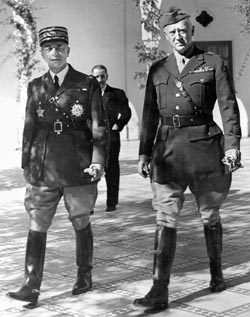
Prime Minister Churchill hailed Operation Torch as a “brilliant” and “remarkable operation,” but with reservations. He said, “Through the vacillations of the French commanders in Tunisia we were robbed of complete success.” Admiral Cunningham agreed in his report. “The enemy were surprised and off their balance. We failed to give the final push which would have tipped the scales.”
Nevertheless, after Torch and the ensuing campaigns, Italy and Nazi-occupied southern Europe were now vulnerable, the Mediterranean was opened to Allied shipping, the threat to the strategic Middle East and the Suez Canal was gone, and the German aura of invincibility had been shaken. Much hard fighting lay ahead, but the Allies now had their feet planted squarely on the road to eventual victory.
